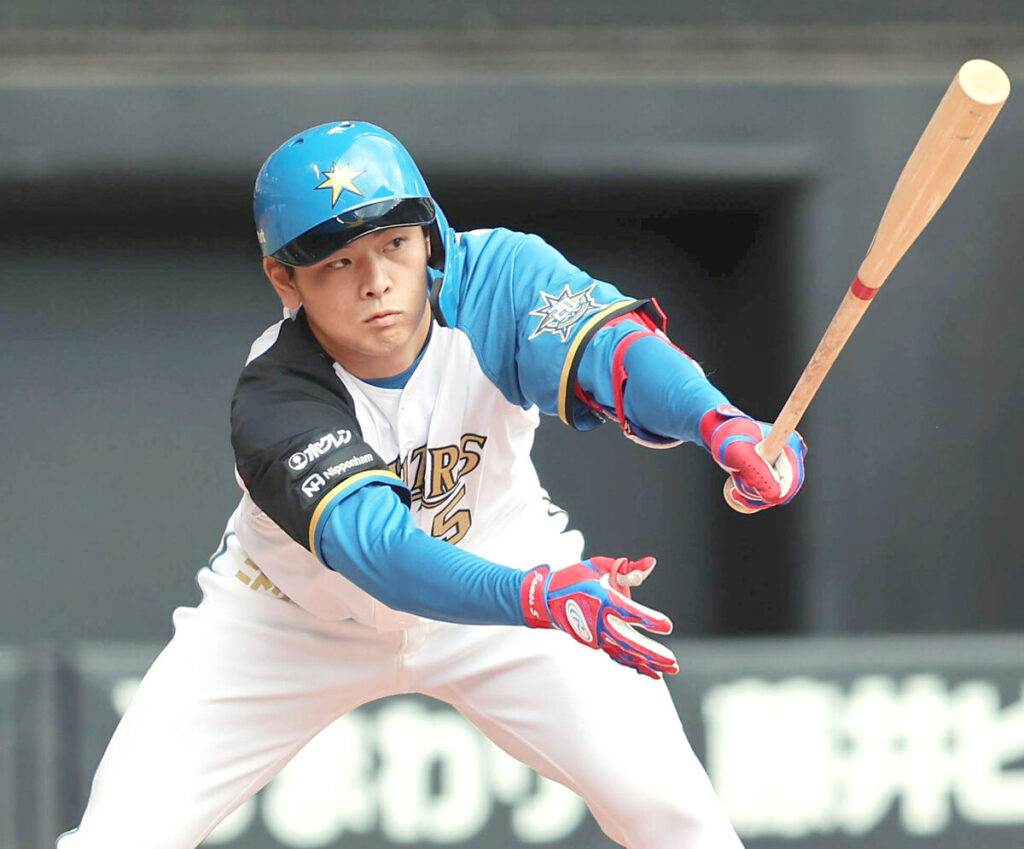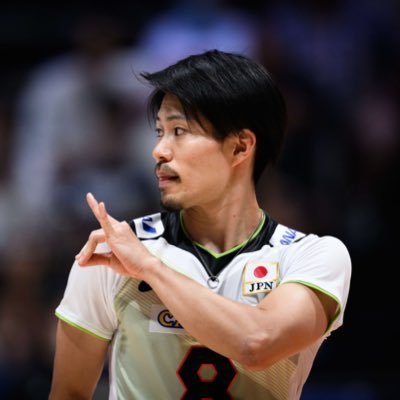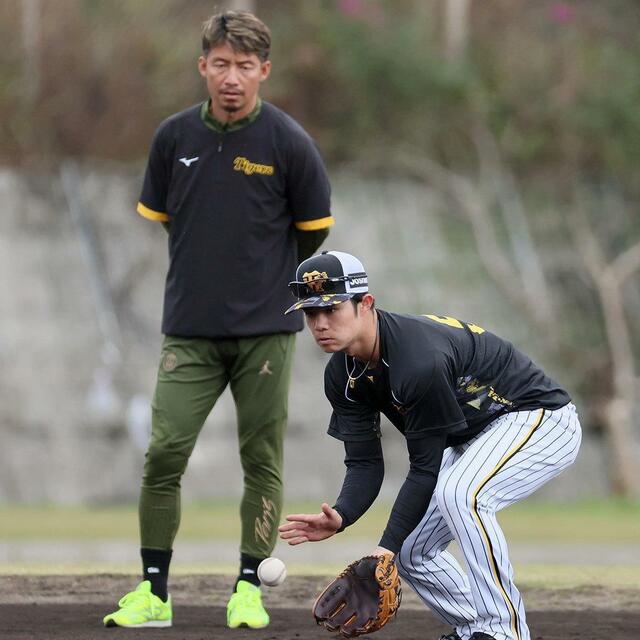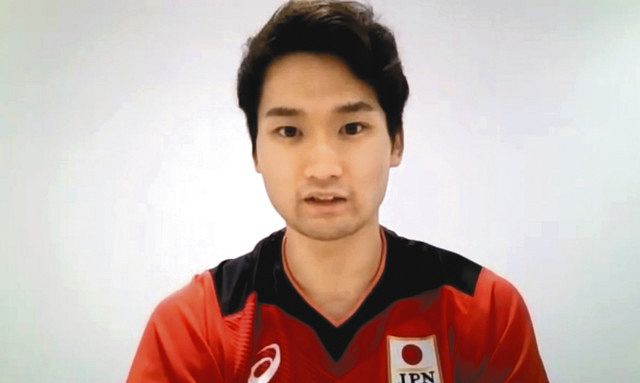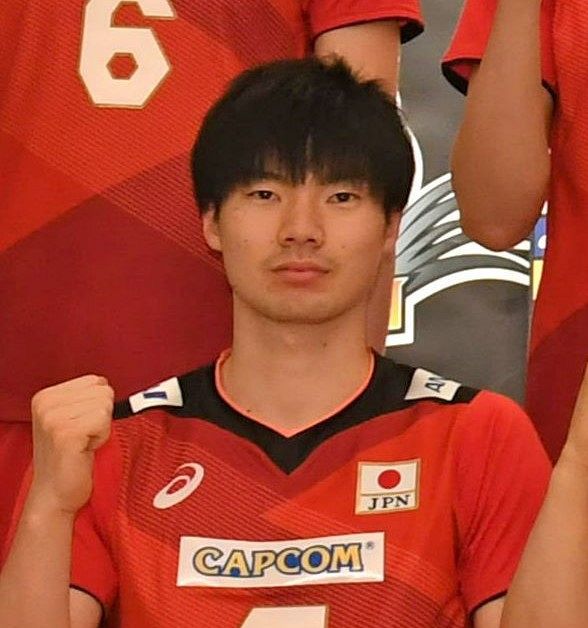
Kendo is more than just a martial art; it is a culture that involves spiritual training with deep roots of courtesy and etiquette.
In this article, we will delve into the theme of “Kendo etiquette” and explain in detail the basics of etiquette and etiquette when practicing Kendo, as well as its spirituality and application to daily life.
Learning the etiquette of Kendo not only improves your technique, but also greatly contributes to your growth as a person.
From beginners to experts, properly understanding and practicing kendo etiquette will change the way you behave both inside and outside the dojo.
Through this article, I would be happy if I could share with you the deep meaning and beauty of Kendo etiquette.
目次
- 1 Introduction: What is the etiquette of Kendo?
- 2 Introduction to Kendo: Etiquette at the Dojo
- 3 Preparation and etiquette before practice
- 4 Basic kendo etiquette
- 5 The relationship between Kendo technique and etiquette
- 6 Etiquette in matches
- 7 Kendo etiquette outside the dojo
- 8 Reasons to follow Kendo etiquette
- 9 Summary: The future and development of Kendo etiquette
Introduction: What is the etiquette of Kendo?
Etiquette in Kendo is not just a formality; it embodies the meaning behind the action and the spirit of Kendo.
This section explains the basics of kendo etiquette and its importance.
Basic understanding of etiquette in Kendo
Kendo etiquette is based on the philosophy that it begins and ends with courtesy.
This includes greetings, polite behavior, correct posture, etc., and how you behave inside and outside the dojo.
Etiquette is also important as an expression of mental concentration and respect when honing Kendo techniques.
The importance of etiquette and its purpose
Observing etiquette is an act that shows not only self-discipline but also respect for others.
Through this, Kendo practitioners learn self-control and develop a sense of respect for others.
We also take on the responsibility of respecting the history and tradition of Kendo through etiquette and passing on its spirit to the next generation.

Introduction to Kendo: Etiquette at the Dojo
Learning Kendo begins with etiquette at the dojo.
Here we will explain in detail the etiquette of bowing and sitting seiza when entering the dojo.
Bow when entering the dojo
When entering the dojo, first stop quietly at the entrance and bow towards the shrine in front or inside the dojo.
This bow is to show respect for the dojo and the people who gather there, and to calm one’s mind.
Seiza and its manners
Seiza in the dojo is an important etiquette that is practiced before and after Kendo practice begins.
When sitting upright, first bend your legs back and drop your buttocks onto your heels. You are asked to keep your back straight and place your hands gently on your knees.
This posture helps focus the mind and prepares the mind and body for the practice.
These manners are the basis for not only learning techniques in Kendo training, but also preparing the mind, technique, and body.

Preparation and etiquette before practice
Proper preparation and etiquette before beginning Kendo training are essential to safe and effective practice.
Here, we will explain in detail how to wear training clothes and protective gear.
The correct way to wear practice clothes
Kendo training wear generally consists of a “hakama” and a “keikogi.”
When putting on the training uniform, first put on the jacket, and put the right front over the left front (the reverse is abhorred because it is associated with death).
Next, put on the hakama and secure it firmly with the waist strap.
This allows for easy movement and maintains proper format.
Wearing protective gear and etiquette
When donning armor, it is important to do it in the correct order.
Usually, the torso is attached first, then the kote, men, and finally the drape.
When donning each type of armor, it is considered polite to prepare quietly and be careful not to disturb people inside or outside the dojo.

Basic kendo etiquette
In Kendo, etiquette is considered a very important element.
We will explain how to greet people face-to-face and bow at the beginning and end of practice.
Etiquette for greeting when meeting face-to-face
When meeting in Kendo, it is essential to look the other person in the eye and bow properly.
This includes showing respect to the other person as well as preparing yourself mentally.
The depth and duration of the courtesy may vary slightly depending on the formality of the occasion and the relationship with the other person.
Ceremonies at the start and end of rehearsals
At the beginning and end of practice, everyone bows together in the center of the dojo or at a designated location.
The bow at the beginning shows enthusiasm for the practice, and the bow at the end expresses gratitude and respect for successfully completing the series of practices.
This bow is an important act that embodies the spirit of Kendo, and it also serves to calm each individual’s mind and prepare them for the next step.
These etiquette and etiquette are the foundation of practicing Kendo and are important elements that form the spirit of Kendo.

The relationship between Kendo technique and etiquette
In Kendo, technique and etiquette are closely related. Acquiring techniques means personal growth, but practicing them with courtesy embodies the true spirit of Kendo.
This section delves into the importance of technical precision, etiquette, and etiquette when taking ippon.
The importance of technical accuracy and manners
Technique accuracy in Kendo is not just about landing effective strikes against your opponent, but how you execute them is important.
By increasing the accuracy of your technique, you will be able to reduce unnecessary movements and develop your techniques in a more refined manner.
Accurate technique is also an act of showing respect to others and reflects the spirit of etiquette.
In Kendo, it is only when technique and etiquette come together that true Kendo is being performed.
Etiquette when picking up a book
Etiquette is extremely important when winning ippon in a kendo match or practice.
After taking the ippon, you are required to bow to the opponent immediately.
This bow is not to brag about the success of a technique, but to respect the other person and show gratitude for being able to exchange techniques with them.
Failure to be polite is seen as a lack of respect for the opponent and is considered to be against the spirit of Kendo.
Observing proper etiquette can be said to be the most basic human quality that should be cultivated through Kendo.
Acquiring techniques and practicing etiquette in Kendo goes beyond simply improving competitive technique; it is a means of self-growth and showing respect for others.
By practicing these properly, you will be able to get closer to the essence of Kendo.

Etiquette in matches
In Kendo matches, etiquette plays an important role in maintaining the fairness and dignity of the competition.
This section details how to bow to referees and show respect to your opponents during a match.
bow to the referee
Respect to the referee is very important in a Kendo match.
Before the start and end of the match, players should bow formally to the referee.
This is to recognize and respect the authority of referees and the fairness of matches.
Players are required to maintain an attitude of respect for the referee’s decision without objecting to it under any circumstances.
How to show respect to your opponent
Showing respect to your opponent is one of the most important etiquettes in a Kendo match.
Before the start of the match and after the end, bow to your opponent from the front.
Also, even during a match, you must not forget to respect your opponent when performing a technique or after an ippon has been decided.
In Kendo, each technique should reflect respect for the opponent, and rough behavior and unnecessary use of force should be avoided.
In a Kendo match, the dignity of the contestant is shown not only by skill, but also by polite behavior toward the referee and opponents.
By observing these etiquettes, you will be able to respect the spirit of Kendo and walk the path of a true martial artist.

Kendo etiquette outside the dojo
Kendo training influences behavior both inside and outside the dojo, and requires the spirit of Kendo to be reflected in daily life and social behavior.
This section delves into the influence of Kendo on daily life and the development of the Kendo spirit in society.
Kendo’s influence on daily life
The manners and respect learned in Kendo are also practiced in daily life.
For example, the salute and polite speaking style that are important in Kendo should also be actively used in communication at home and at work.
Additionally, the self-control skills and patience gained through Kendo training can help you stay calm in stressful situations.
Kendo is more than just physical training; it also functions as a philosophy that trains the individual’s mind and improves the quality of their daily lives.
Development of Kendo spirit in society
The spirit of Kendo should be actively extended to society as a whole.
The respect and courtesy cultivated in Kendo can influence interpersonal relationships within the community and the way one approaches social issues.
For example, training in leadership and teamwork based on Kendo teachings at school or work can create a more harmonious environment.
Furthermore, volunteer activities and community service based on the spirit of Kendo encourage active contributions to society.
The etiquette and spirit of kendo go beyond the acquisition of techniques and have the power not only to serve as a code of conduct for individuals, but also to have a positive impact on society as a whole.
By actively incorporating this into daily life and social activities, it is hoped that kendo will become more than just a sport, but a way to enrich one’s way of life.

Reasons to follow Kendo etiquette
Observing etiquette in Kendo is essential not only for learning techniques, but also for spiritual growth and maintaining harmony inside and outside the dojo.
In this section, we will explain the value that etiquette brings to kendo, the consequences of not observing etiquette, and how to deal with it.
The value that etiquette brings to kendo
Kendo etiquette goes beyond mere formal rules to enhance the spirituality of practicing Kendo and internalize politeness.
Learning self-control and respect through etiquette not only improves your Kendo skills, but also contributes to your maturity as a human being.
Kendo etiquette also maintains order in the dojo and promotes an environment of mutual respect among all swordsmen.
This allows Kendo to function as a community and allows individual swordsmen to practice safely and meaningfully.
Impact and response in case of violation
Violating etiquette has a negative impact not only on the evaluation of an individual’s kendo skills, but also on the atmosphere of the dojo and respect for other swordsmen.
For example, a lack of courtesy can be seen as a lack of respect for other swordsmen, and can damage that swordsman’s social credibility.
If a violation occurs, the instructor will first point the finger at the swordsman who committed the act and explain the reason and importance of correct etiquette.
Additional instruction and practice will be provided as needed to ensure proper understanding and practice of etiquette.
In cases of serious violations, we may ask you to leave the dojo for a certain period of time, but this will be treated as a last resort.
Observing Kendo etiquette is essential for improving technique, personal growth, and maintaining harmony in the dojo.
By having each swordsman respect etiquette and putting it into practice in daily practice, we can learn the essence of Kendo and grow together.

Summary: The future and development of Kendo etiquette
Kendo etiquette is a fusion of ancient values and modern Kendo practice, and this tradition will continue to be cherished.
In this section, we will discuss the importance of Kendo etiquette in modern times and the education of etiquette to the next generation.
The importance of Kendo etiquette in modern times
In modern society, kendo etiquette has become even more important.
The etiquette and manners of Kendo have a positive influence on the behavioral norms in daily life, and can serve as a model for building a society where people respect each other.
Particularly in an environment where diverse cultures and values intersect as globalization progresses, cultures that place a high value on spirituality, such as Kendo, play an important role in promoting empathy and understanding that transcends differences.
Teaching etiquette to the next generation
Teaching kendo etiquette to the next generation is much more than just passing on techniques.
Kendo etiquette teaches children self-control, respect, and responsibility, making it possible to spread these values into society.
Kendo education should be actively incorporated not only in dojos but also in schools and community programs to encourage children to naturally reflect these values in their daily lives.
Additionally, along with learning the techniques, it is important to understand the reasons for the etiquette and the philosophy behind it, so that Kendo can be accepted as more than just a sport, but as a way of life.
The future and development of Kendo etiquette is in the hands of modern Kendo practitioners.
If they respect etiquette and pass it on correctly, Kendo will be passed on to the next generation as a valuable culture, contributing to the creation of a more prosperous society.

